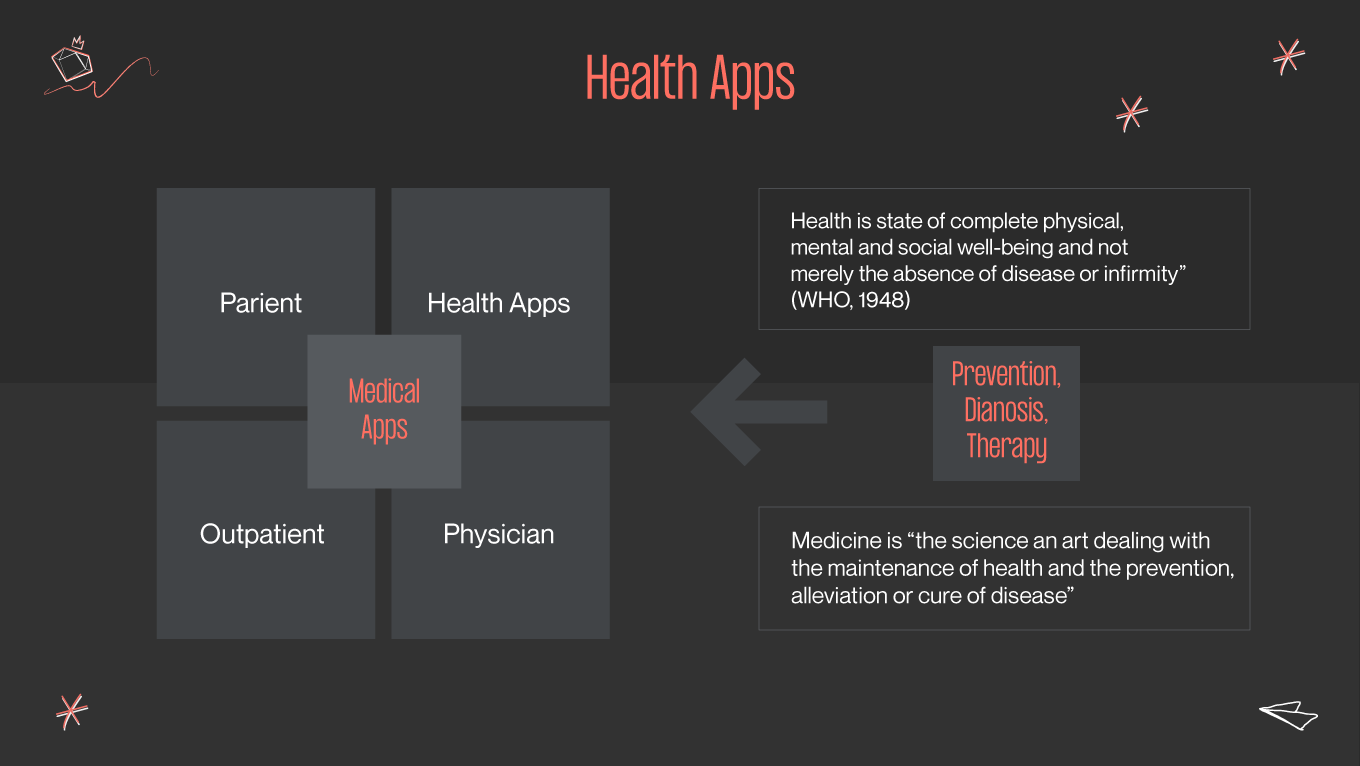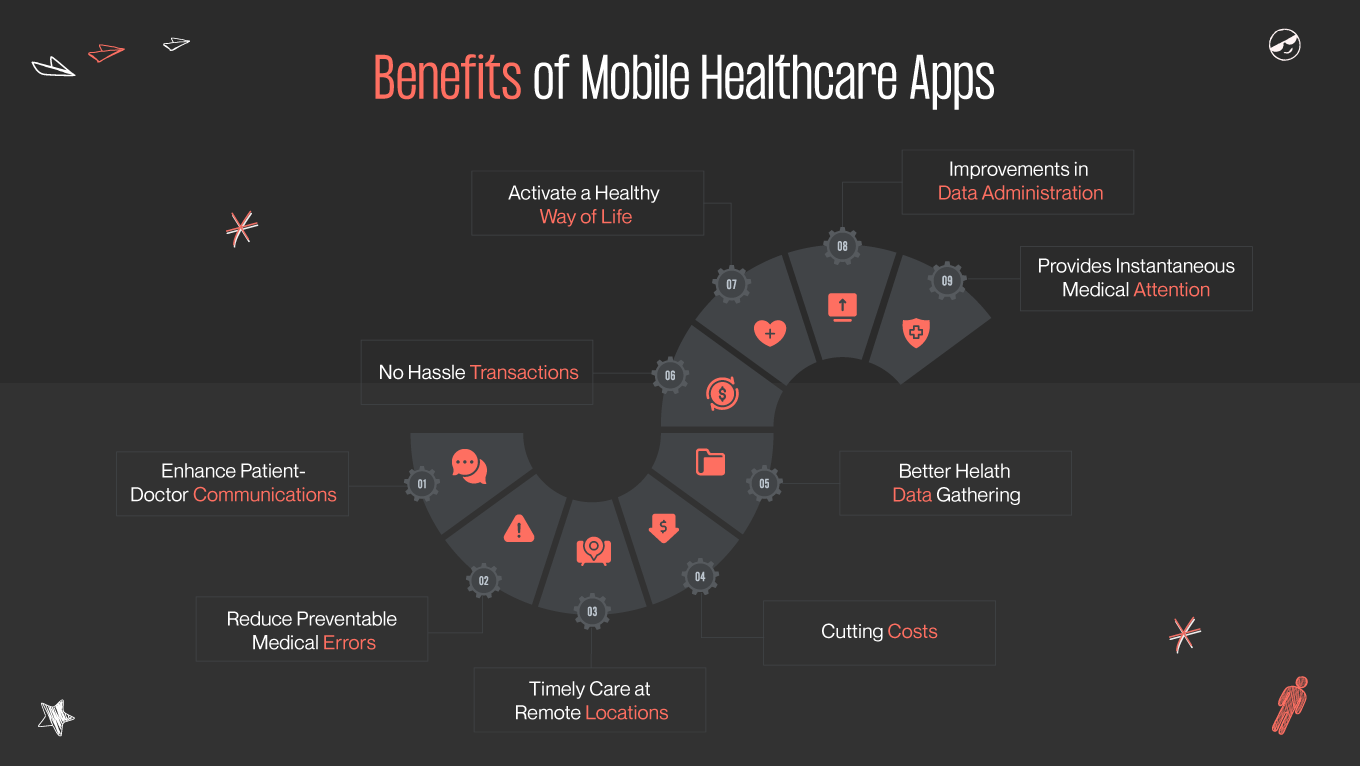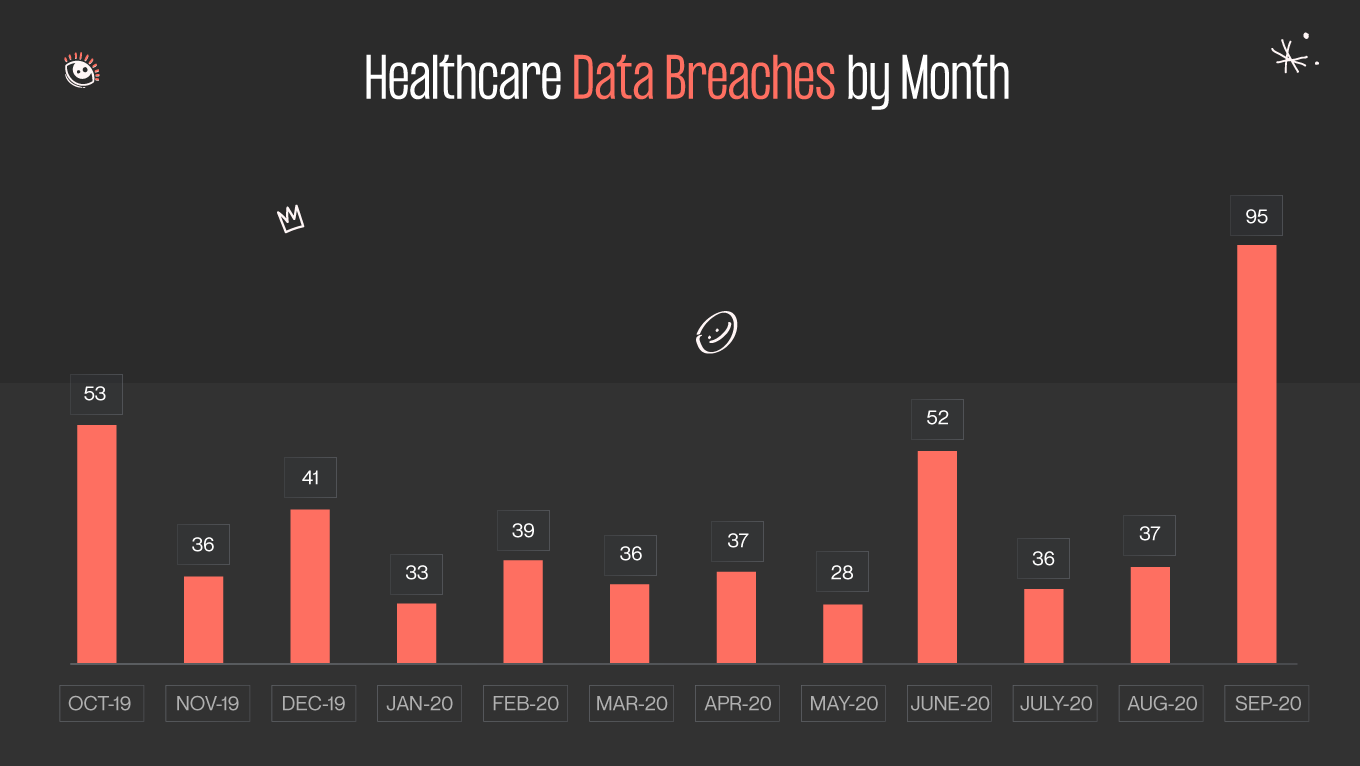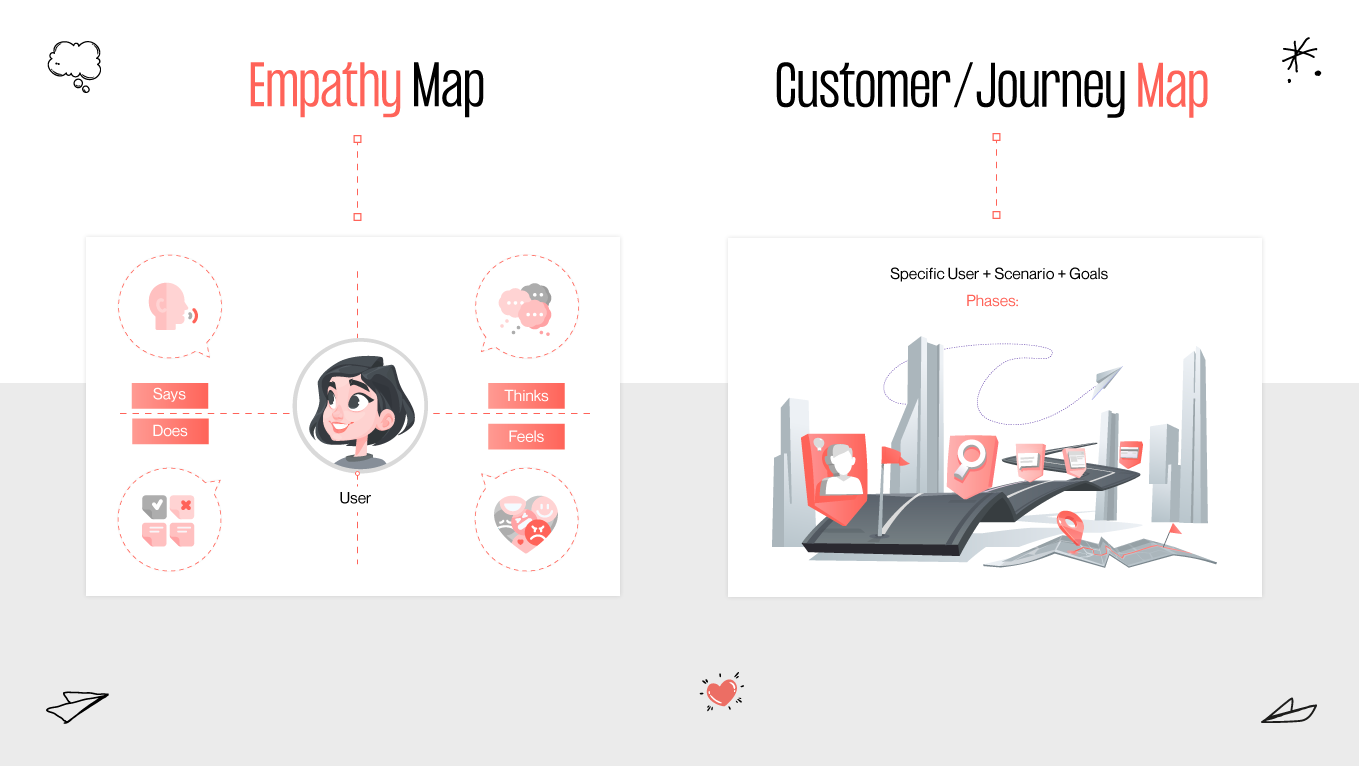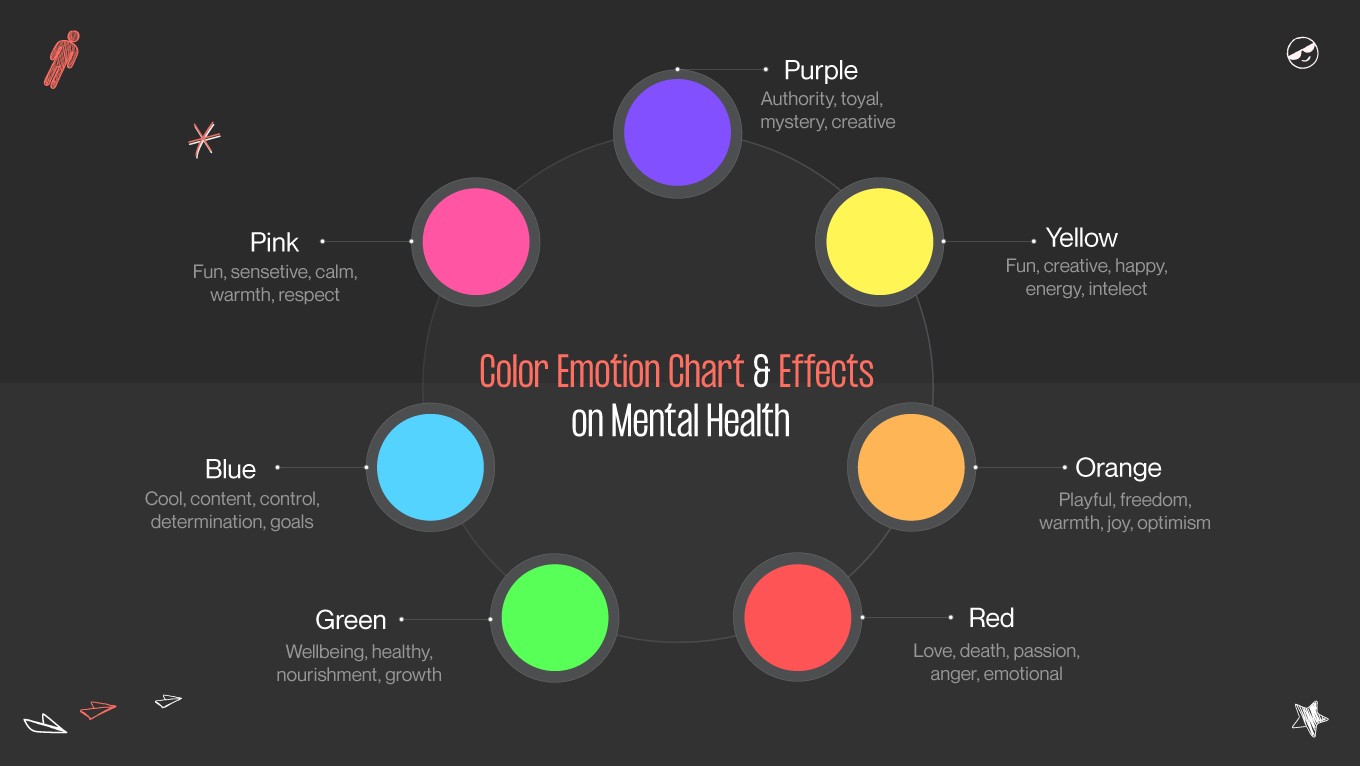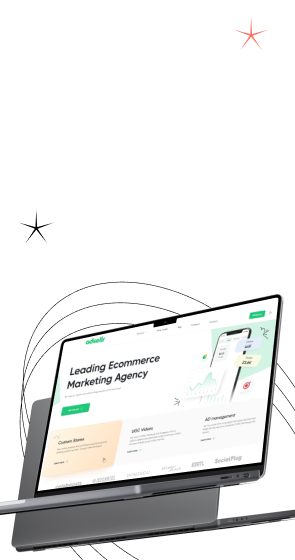In the rapidly evolving healthcare landscape, the emergence of healthcare apps has become a beacon of hope for enhancing patient care and streamlining medical services. Yet, navigating this burgeoning field comes with its share of complexities and challenges. With a staggering 90,000 health apps released every year, as reported by the Grand View Research, the sheer volume can overwhelm even the most discerning users and developers. But here's a figure that might catch your attention: the global mHealth apps market size is expected to reach USD 236.0 billion by 2026, according to Precedence Research. Can you believe that? Amidst this explosive growth, how can one ensure their healthcare app not only stands out but truly meets the needs of its users?
We were shocked to find out that despite such promising statistics, many apps fail to address the core pain points of their target audience, be it accessibility, user-friendliness, or providing personalized care. This disconnect highlights a critical gap in the market—a lack of empathetic and user-centric app design.
In this comprehensive guide, "Everything You Should Know About Healthcare App Design," we delve deep into the essence of creating apps that not only navigate these challenges but also thrive in the competitive healthcare sector. From unveiling the latest industry trends and statistics to offering actionable design advice, tips and tricks, and illuminating case studies, we ensure you're equipped with the knowledge to make informed decisions in your healthcare app development journey.
Drawing insights from trusted sources like Statista, we promise a treasure trove of information that paves the way for innovation and success in healthcare app design. Join us as we explore the blueprint for creating apps that not only meet but exceed user expectations, ensuring your project is not just another drop in the digital ocean.


